-
Új/New
Taking Visionary Images Seriously – a Possible Analytical Framework 1ST DRAFT
“The boundless space of visions is one hyperspace, and different images reveal different events and constellations within it. As they are beyond the human realm, they are amoral; they don’t dictate behavioural norms, or distinguish right from wrong. Similar to oracles of classical antiquity, they leave the interpretation open-ended, subject to the viewer’s relationship with the image. Visions depict a mechanism, whose interpretation could be aided by religious or mythological texts the iconography refers to.
As their effect on epistemic is not coded directly in the images, a methodology, in this case, is perhaps a distinct perspective of looking, one that focuses on spatiality while recognizing agency beyond the human realm. This methodology refrains from anthropomorphizing nonhuman intelligence and thus acknowledges the inherent mystery surrounding agency.
Besides the resurgence of entheogens and visionary art, we live in the age of the emergence of other non-human intelligence, notably AIs and AI image generators. Much like the visionary qualities attributed to plants, AI remains somewhat enigmatic, operating as a black box whose inner workings elude complete understanding. There is no scientific method to determine whether another human being is sentient, let alone an AI. Furthermore, silicone electrodes have self-organizing properties. There’s a compelling argument that AI contributes more than just technical prowess to artworks; it adds a distinct dimension that transcends mere technological input. In his Instagram bio, Hakan Hisim speaks of a ‘divine consciousness manifested into the digital domain,’ suggesting an intersection between spirituality and technology where human agency isn’t explicitly present. Despite this, Hisim still signs his works with ‘HH,’ marking his authorship—a gesture reminiscent of the formula that acknowledges both human authors and AI image generators, such as crediting ‘Human Author x Midjourney.’ ”
A valóban létező művészet formátumokon alapuló tudásközvetítés pdf, epub
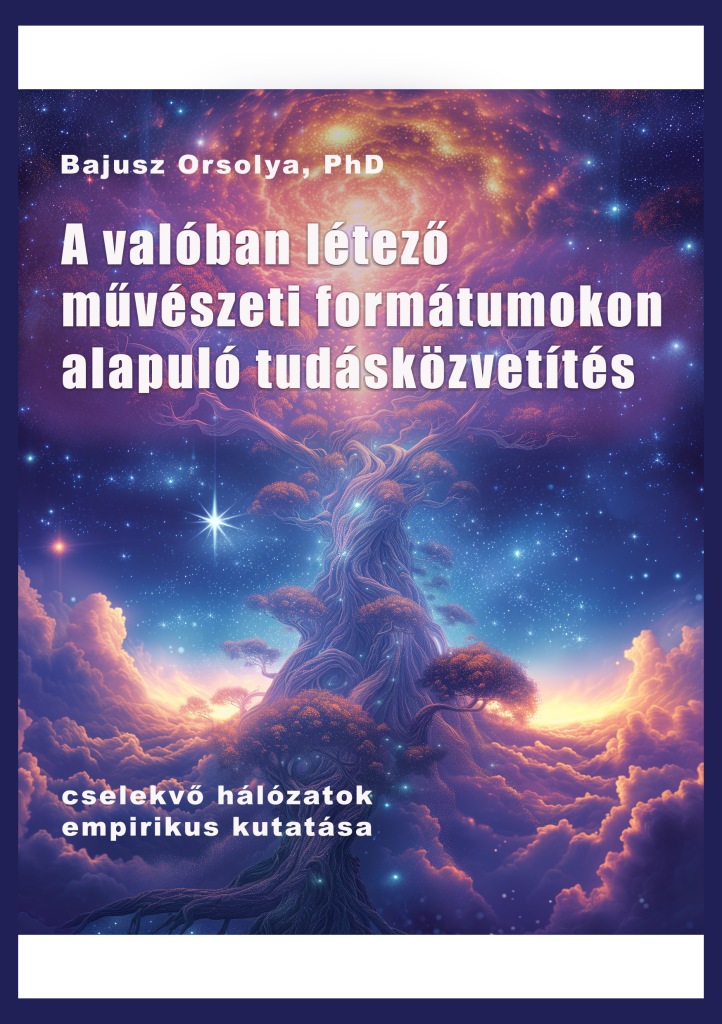
-
Portfólió
válogatott munkák/selected works

PHD 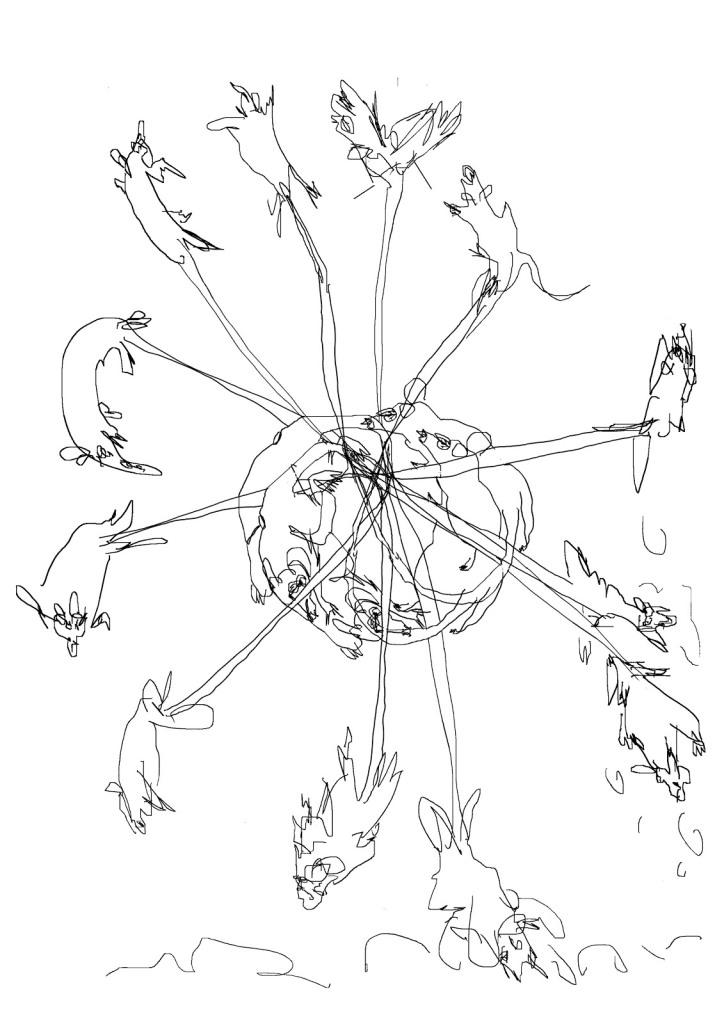
A patkánykirály 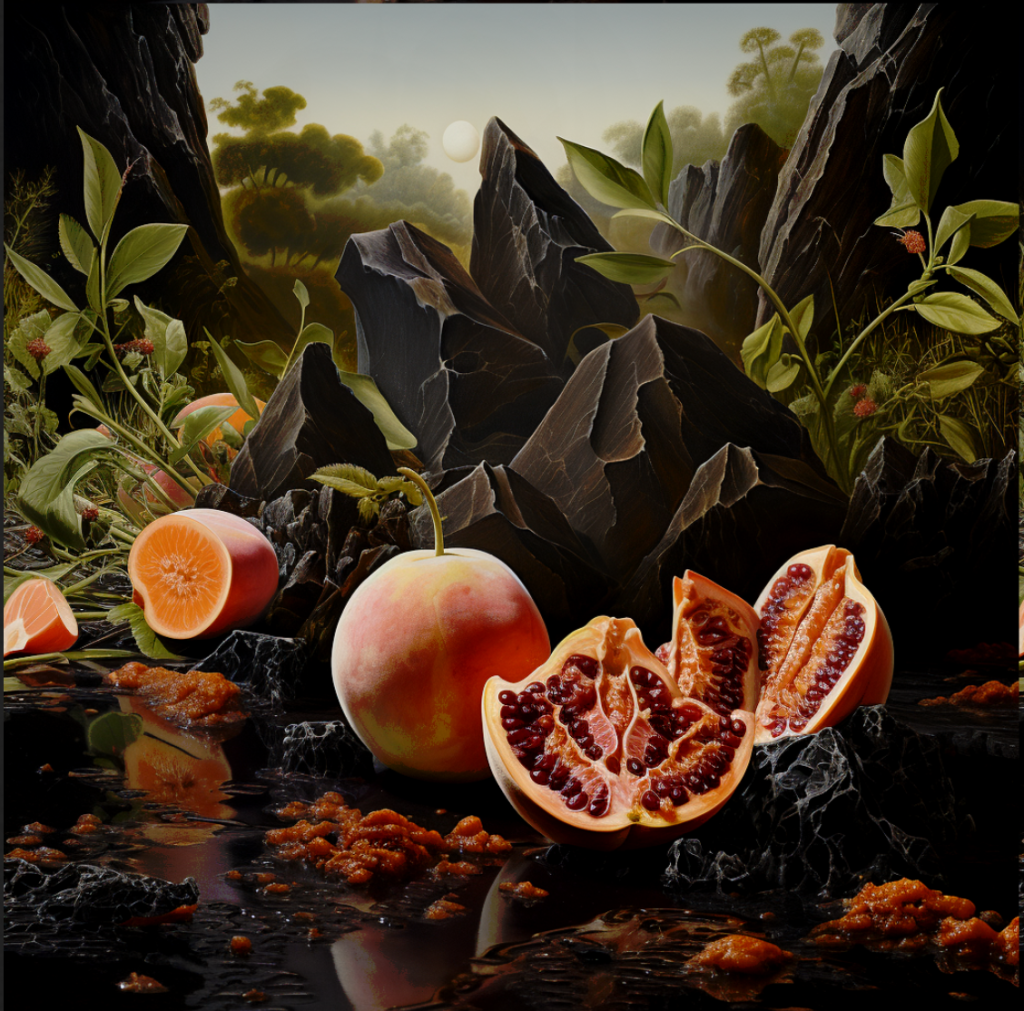
tanösvény tervei/a rock trail 
tudományos publikációk/peer-reviewed publications 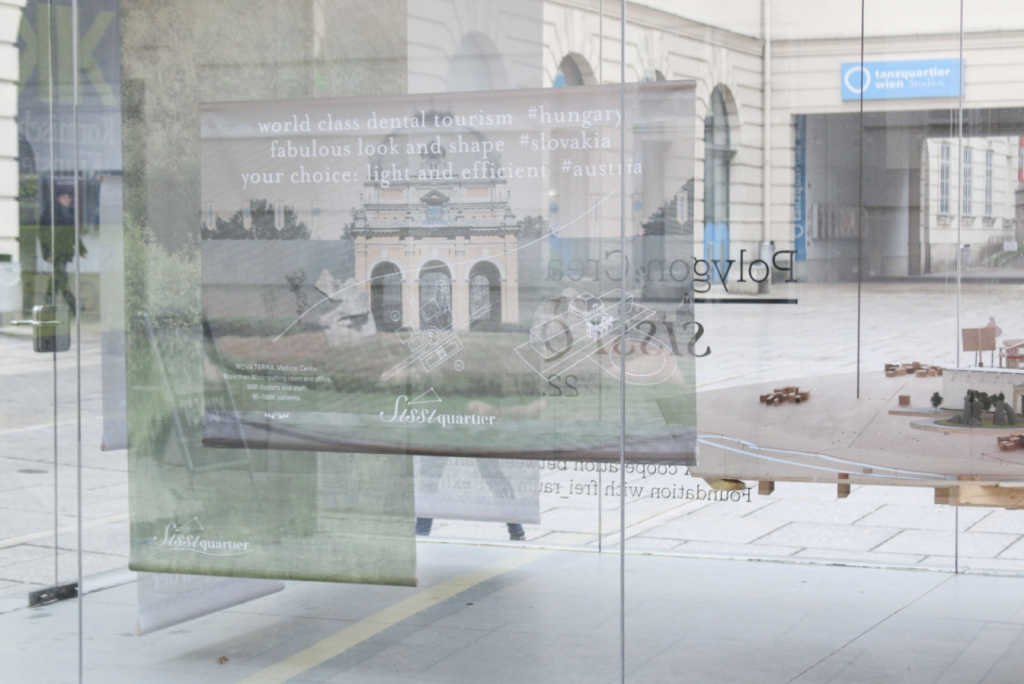
művészeti projektek/tactical media projects 
elemzések a kultúrharc frontvonalából/my time in the frontline of the culture wars 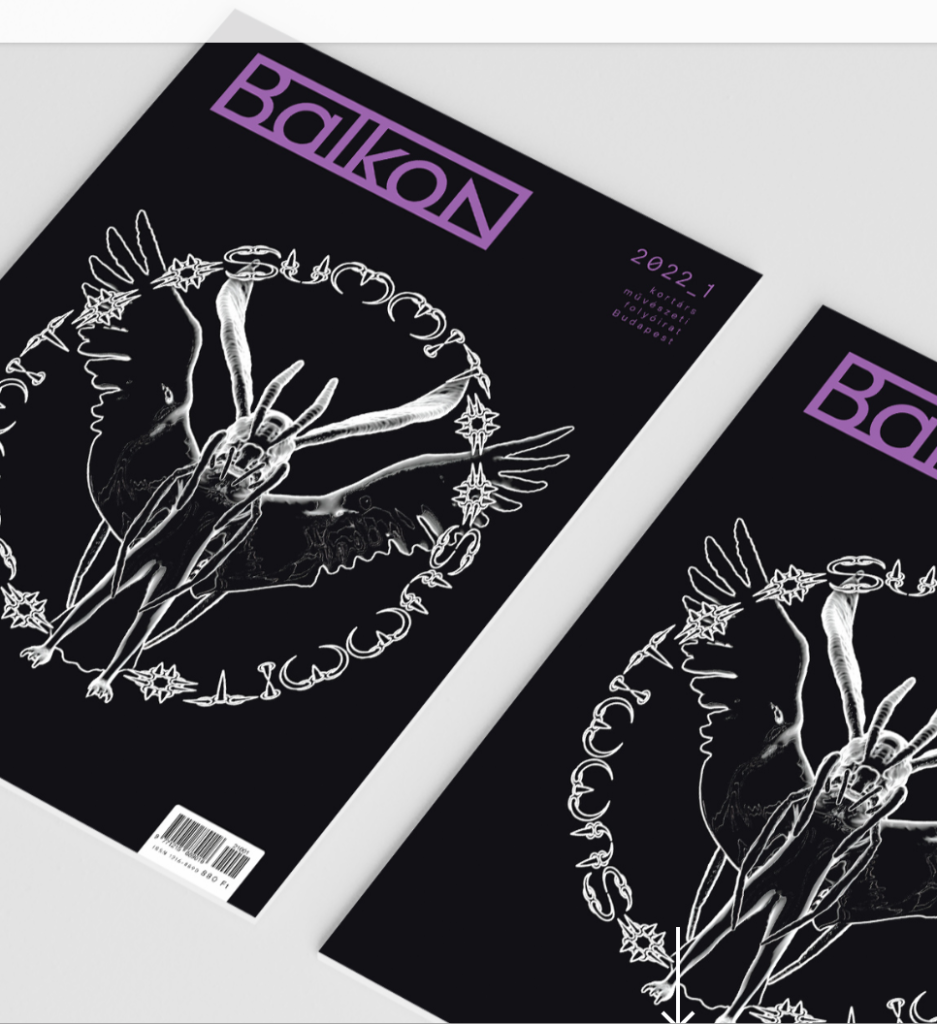
Műkritikák, elemzések/art crit, reviews 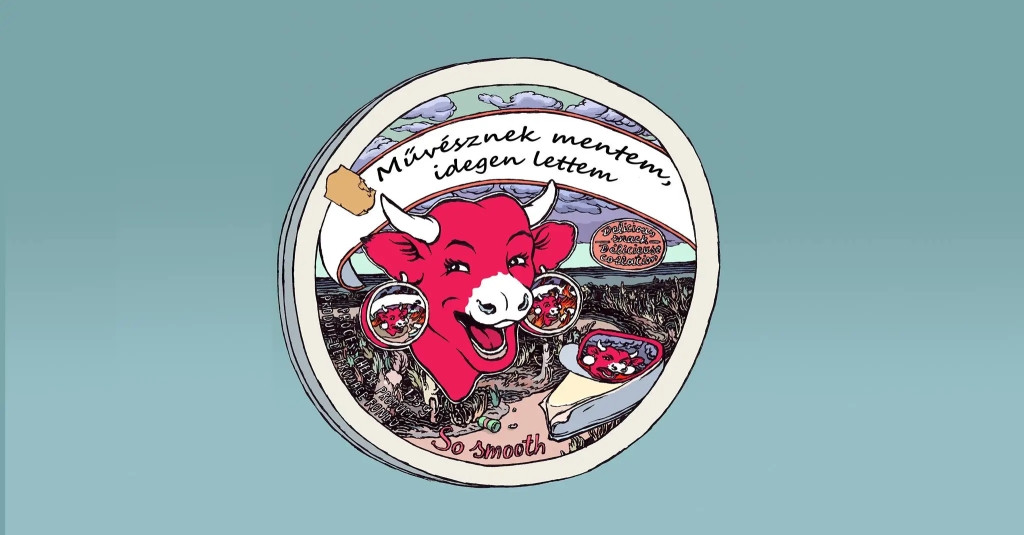
performatív tudásközvetítés/performative cultural sociology 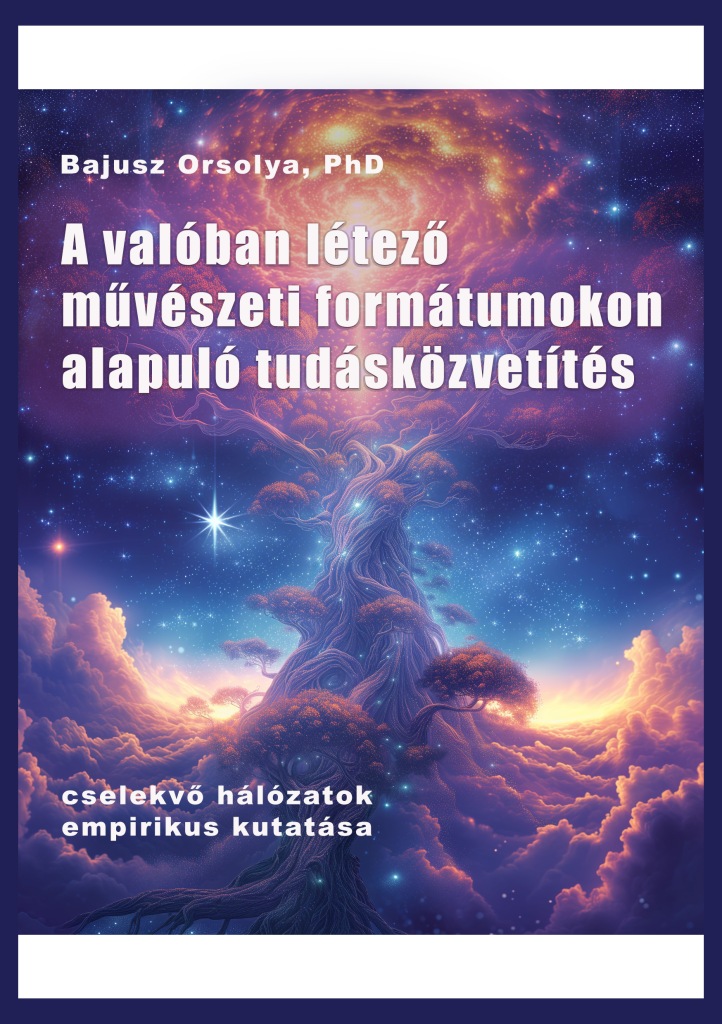
EPUB könyv Bajusz Orsolya a kortárs művészet határterüleit próbálja megérteni és alkalmazni. Médiatudományt, vizuális kommunikációt, képzőművészetet, filozófiát, szociológiát tanult. Azt keresvén hol van értelme és tétje művészettel, poszthumán médiaelméletekkel foglalkozni éveket töltött a londoni kreatív iparban, aztán a magyar politika hátországának számító álcivil közegben. Rendszeresen publikál műkritikát, volt vendégkutató a Louisiana State University-n, és részt vett kutatási szoftver fejlesztésében a Birkbeck College-ben. A BCE Corvinuson volt óraadó, most a MOME-n van egy kurzusa (vizuális kutatásmódszertan, és művészeti kutatás), illetve tervezés kurzusokon, konzultációkon vesz részt. A Tokaj-Hegyalja Egyetemen adjunktus, művészettel és vizuális kommunikációval kapcsolatos tárgyakat oktat. Phd-je a tudománykommunikáció és a kortárs művészet határterületeivel foglalkozik, az első könyve (Patkánykirály, teória-fikció) 2024-ben jelenik meg. Munkái különféle konstellációkban (beleértve fantázianeveket) szerepeltek a Bécsi Museumsquartierben, a pozsonyi Kunsthalle-ben, Calafou-ban, különféle Európai galériákban és fesztiválokon, a nemzetközi szociológiai társaság éves fórumán, a South by Southwest fesztiválon, angol és magyar nyelvű sajtóban és tudományos folyóiratokban, és jogi tanulmányokat inspiráltak. Jelenleg a vizionárius művészetre dolgoz ki elemzési keretet, és egy tanösvényt tervez, amely geológiai energiákat mutat be.
Orsolya Bajusz works at the boundaries of contemporary art. She studied media studies, visual communication, contemporary art, philosophy and sociology. Searching where artistic praxis and posthuman media theory has relevance, she spent years in the London creative and cultural industries, and then in the NGO-backwater of Hungarian politics. She regularly publishes art criticism, was a visiting scholar at Louisiana State University, and has been involved in the development of research software at Birkbeck College. She was a lecturer at BCE Corvinus and now teaches a course at Moholy-Nagy University of Budapest (Visual Research Methodology and Artistic Research) as well as participating in the main tutorials and supervision. She is an assistant professor at the teacher training college of Comenius Campus at Sárospatak, where she teaches courses on art and visual culture. Her PhD empirically examines the intersection of science communication and contemporary art, and her first book (Patkánykirály, Theory-Fiction) will be published in 2024. Her work has been shown in various constellations (including under fictional names) at Museumsquartier Vienna, Kunsthalle Bratislava, Calafou, various European galleries and festivals, the annual forum of the International Sociological Association, South-by-Southwest festival, international and Hungarian press amd academic journals, and has inspired legal studies. She is currently engaged with developing an analytical framework for visionary art, and an educational trail about geological energies.
-
Subscribe
Subscribed
Already have a WordPress.com account? Log in now.